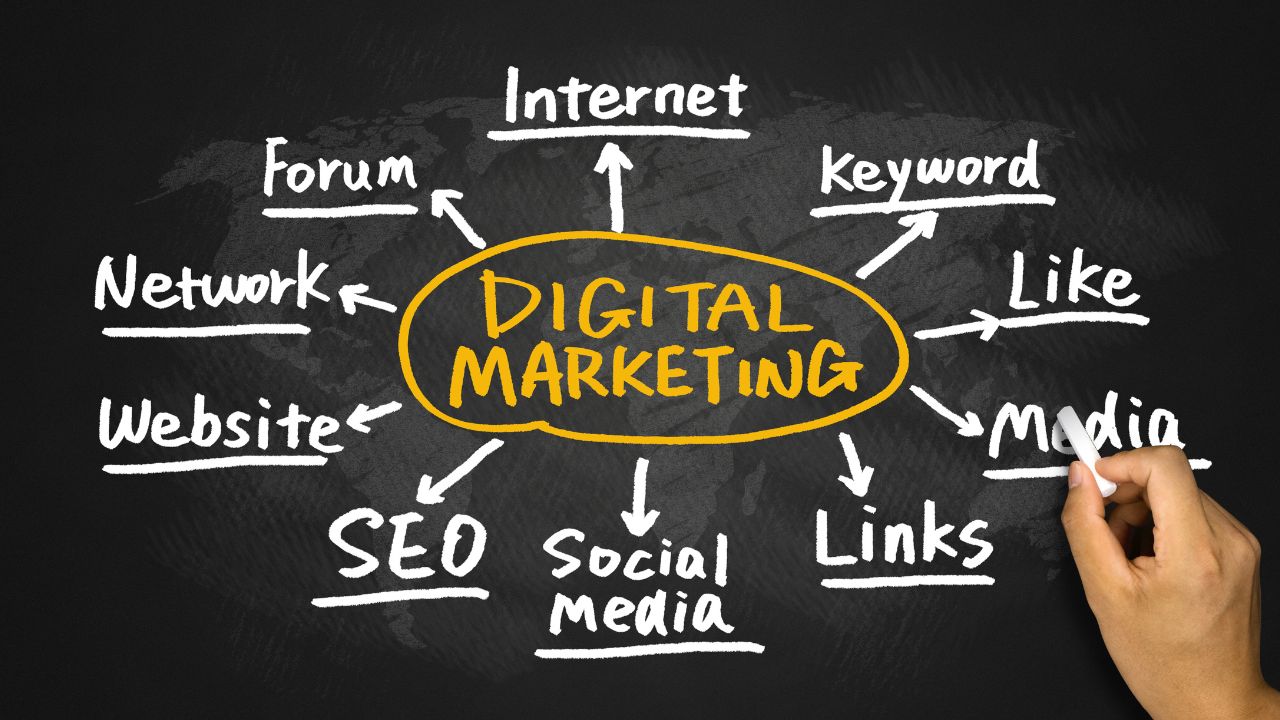The world of fashion is ever-evolving, and the digital landscape is no different. In 2025, staying ahead in SEO for fashion brands means keeping up with both technology and style.
No matter if you have a well-known fashion brand or a new online store, improving your online presence is key. It helps with visibility, engagement, and sales. This blog post looks at the top SEO trends for fashion brands. It also shows how to include them in your digital marketing strategy.
1. AI-Driven Keyword Research
In 2025, AI tools are revolutionizing how fashion brands find relevant keywords. Brands no longer guess what shoppers want. They use keyword research tools with artificial intelligence.
These tools help predict trends, buyer intent, and seasonal changes. This is particularly important in fashion, where trends change quickly.
Tip: Use long-tail keywords like “eco-friendly summer dresses 2025” or “plus-size fashion trends.” This can help attract specific traffic and boost conversion rates.
2. Voice Search Optimization
As voice-activated shopping becomes more common, SEO for fashion brands must account for natural language queries. Consumers ask questions like, “What are the best winter coats for women this year?”—and search engines reward content that provides direct answers.
Action Point: Use question-based headings and natural phrases in your product descriptions and blog posts. This will match how users speak, not just how they type.
3. Hyper-Localized SEO
Local SEO continues to be a game-changer for fashion boutiques and smaller ecommerce brands with physical showrooms or pop-up stores. Google prioritizes localized content and map listings, giving smaller players a chance to compete. Even industries unrelated to fashion, such as a Fencing Company Dallas, benefit from tailored local SEO strategies that highlight their specific geographic reach.
Best Practice: Claim and optimize your Google Business Profile, use location-specific keywords, and add customer reviews to improve credibility.
4. Core Web Vitals and Site Speed
In 2025, site speed and PageSpeed Insights scores are more vital than ever. For websites focused on SEO for fashion brands, balancing high-quality visuals with fast load times is essential. Google’s Core Web Vitals assess real-world performance metrics that directly influence search engine optimization outcomes.
Quick Fixes: Compress images, reduce server response time, and adopt a responsive design to deliver seamless browsing across all devices.
5. Mobile-First Indexing
Most consumers browse fashion websites on mobile devices. Fashion websites must fully optimize for mobile due to Google’s mobile-first indexing.
How to Adapt: Ensure your site loads quickly on mobile, uses legible fonts, and has intuitive navigation. Test mobile performance regularly with Google’s testing tools.
6. Interactive and Visual Content
Fashion is visual. Search engines are improving at understanding images and videos. They use alt text, file names, and AI algorithms. In 2025, interactive lookbooks, virtual try-ons, and product videos enhance user experience and engagement.
Tip for Optimization: Use clear alt tags for images. Add transcripts for videos. Make sure all media loads quickly.
7. Strategic Content Marketing
Content still reigns in 2025, especially when it comes to effective SEO for fashion brands. A strong content marketing strategy now includes more than just product descriptions—fashion brands must create blog posts, trend reports, and style guides that engage readers, improve search visibility, and build long-term loyalty.
Content Ideas:
- “How to Style Neon Colors in 2025”
- “10 Must-Have Sustainable Fashion Pieces”
- “Behind the Scenes with Our New Collection”
Why It Works: Quality content boosts driving organic traffic, increases dwell time, and positions your brand as an industry authority.
8. Smarter Link Building
Backlinks remain a core component of any SEO for fashion brands strategy. In 2025, the emphasis is on quality over quantity. Collaborating with influencers, bloggers, and industry magazines to secure features proves more effective than submitting to spammy directories.
Tactics That Work:
- Guest posting on relevant blogs
- Partnering with sustainable fashion forums
- Earning mentions from media outlets
9. Personalized Shopping Experiences
Search engines now reward personalization. Websites that adjust product suggestions and content based on user behavior tend to rank higher.
How to Start: Use AI tools to divide audiences. Show product collections based on their browsing history or location.
10. Enhanced Product Page Optimization
In 2025, product pages must go beyond aesthetics. SEO for fashion brands demands that each page be structured, informative, and optimized for both search engines and shoppers.
Include:
- SEO-friendly titles and meta descriptions
- Schema markup for reviews and prices
- Customer testimonials
- Related product suggestions
This not only improves SEO but also boosts conversion rates.
11. Integrated Social Commerce
Fashion brands are increasingly selling directly through Instagram, TikTok, and Pinterest. While these platforms aren’t traditional search engines, they’ve become vital discovery tools—making them an important part of SEO for fashion brands in 2025.
SEO Tip: Link back to your site from all social profiles. Use keyword-rich captions. Tag products with clear descriptions to help SEO for fashion e-commerce.
12. Collaborating with an SEO Agency
SEO for fashion brands often requires expert guidance, which is why many turn to a specialized SEO agency. These agencies help navigate complex algorithms, conduct technical audits, create targeted content, and track ongoing performance.
When to Think About It: If your team does not have SEO skills or if your site traffic has stopped growing, consider this.
13. Emphasis on Ethical and Sustainable Fashion
As consumers become more eco-conscious, SEO for fashion brands must align with this shift. Including keywords related to sustainable materials, ethical practices, and fair trade can help attract a like-minded audience.
Use Terms Like:
- “Organic cotton fashion”
- “Sustainable denim jackets”
- “Eco-friendly fashion brands”
This also opens up new content marketing opportunities.
14. Enhanced Analytics and Tracking
In 2025, data-driven SEO decisions are non-negotiable. Using platforms like GA4 and integrated heatmaps helps you understand how visitors interact with your site.
Focus Areas:
- Bounce rate and exit pages
- Conversion paths
- Top-performing blog posts
Using these insights helps improve both user experience and your overall SEO strategy.
15. The Rise of Visual Search
Consumers can now snap a photo of a handbag or a jacket and find similar items online. Visual search is particularly relevant in fashion.
Optimize For It By:
- Adding descriptive filenames to images
- Using structured data and image sitemaps
- Creating lookbooks with alt text and captions
Conclusion
The digital runway is wide open in 2025, but standing out takes more than great fashion—it takes smart SEO. AI-driven keyword research, personalized shopping, mobile-first design, and localized strategies are changing SEO for fashion brands.
Using these strategies will improve visibility on search engines. They will also create better experiences that turn shoppers into loyal customers.
Ready to upgrade your fashion brand’s online presence? Partner with MacroHype to implement a custom-tailored SEO strategy that elevates your digital storefront and drives real results.





